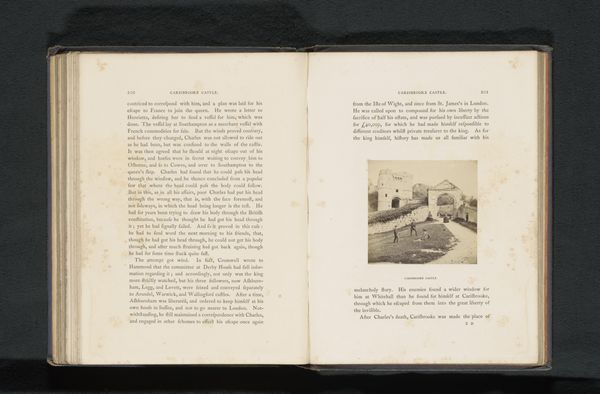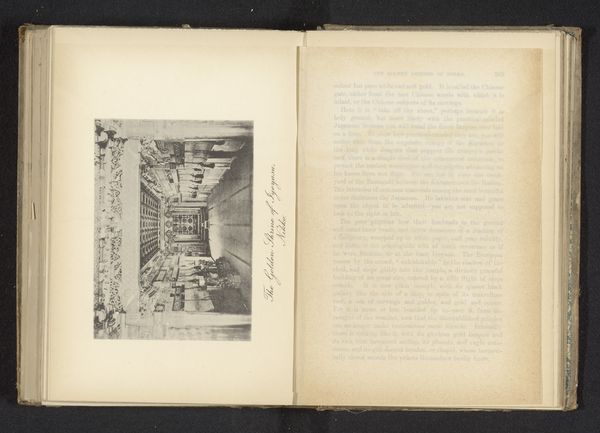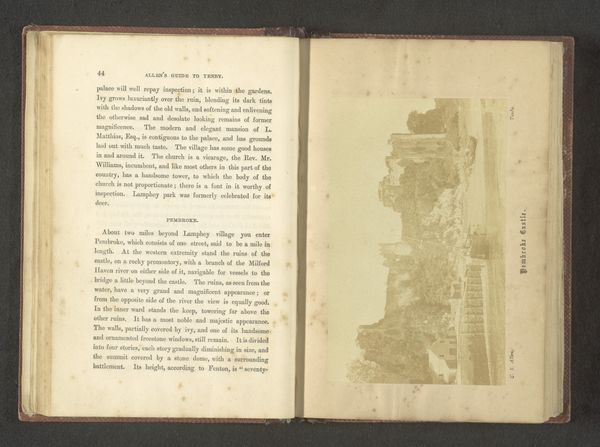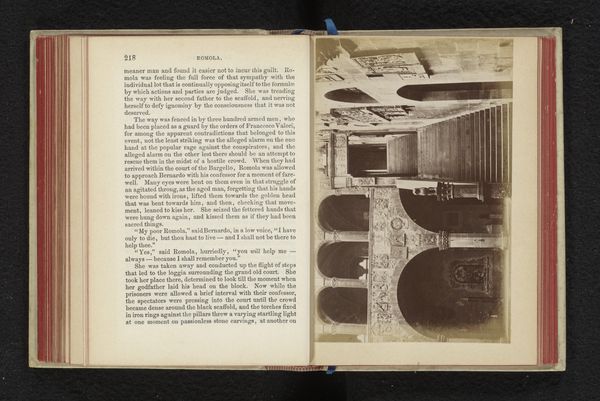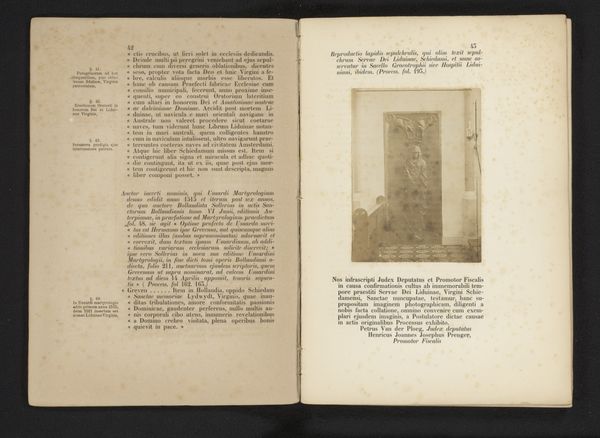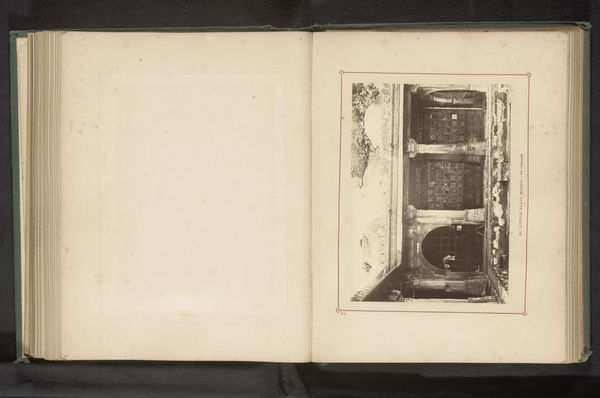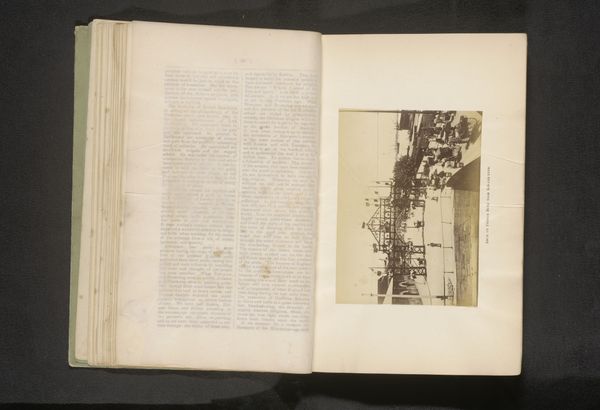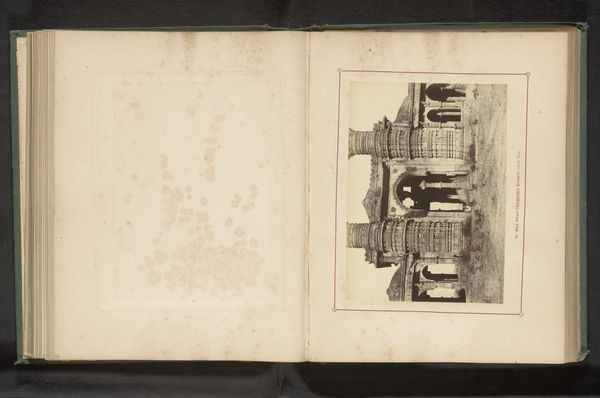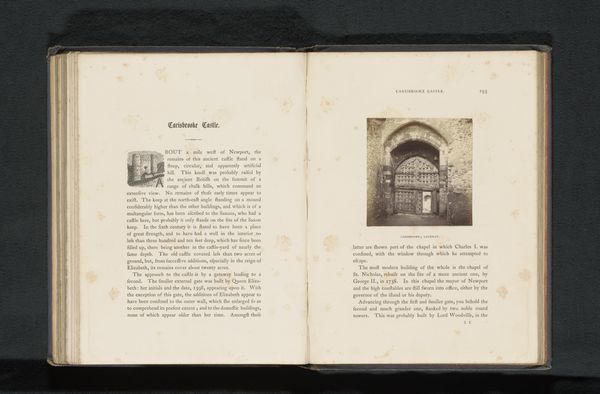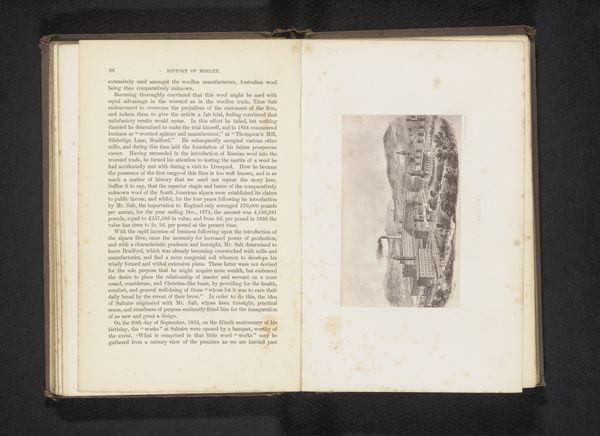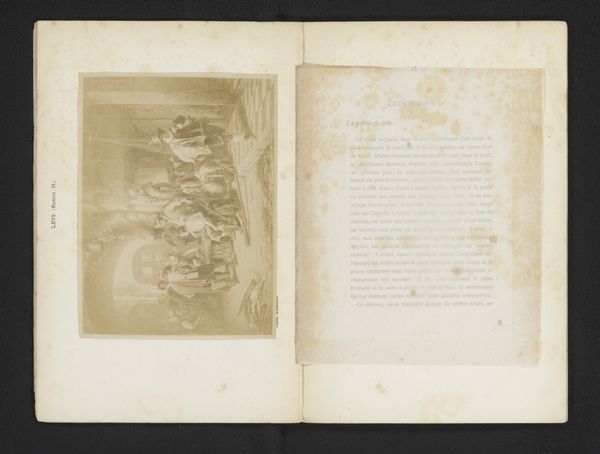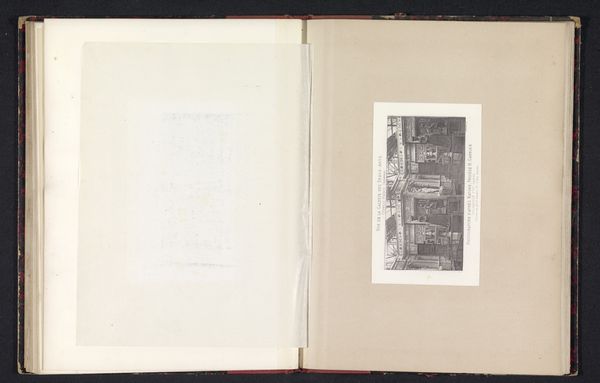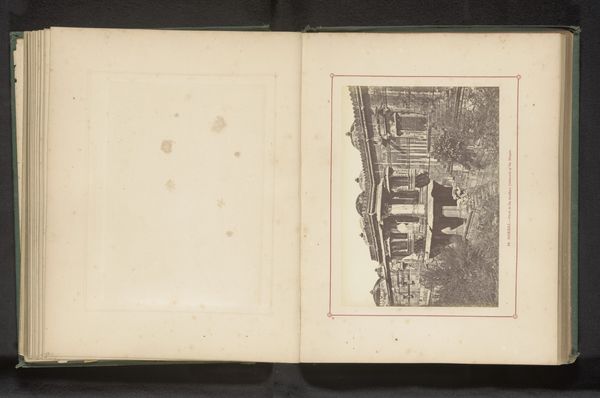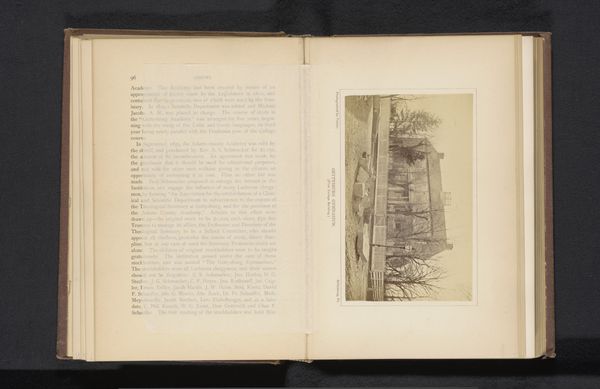
drawing, print, paper, ink, engraving
#
drawing
# print
#
landscape
#
paper
#
ink
#
coloured pencil
#
ancient-mediterranean
#
column
#
academic-art
#
engraving
Dimensions: height 123 mm, width 171 mm
Copyright: Rijks Museum: Open Domain
Curator: This artwork, titled "Ruïnes van Pompeï," is an engraving, dating from before 1894 by Ad. Peyrot. Editor: What strikes me immediately is the somber mood. The ruins almost seem to weep, as if grieving their lost inhabitants and past splendor. Curator: Indeed, these images of Pompeii resonated deeply during the 19th century, tapping into contemporary anxieties about modernity, the fragility of civilization, and, of course, mortality. We see echoes of these themes throughout literature and philosophy of that period. The archaeological unearthings of Pompeii spurred important shifts in art historical narratives. Editor: Let's consider the material process of the print itself. The dense lines of the engraving create a palpable sense of texture, almost mirroring the rough, fractured surfaces of the ancient stones. Note how the sharp contrast adds to the feeling of weightiness in the crumbling architecture. Curator: And the way those specific material processes create access to these historical narratives. I can see how the composition—the way Peyrot chose to depict the standing columns against the crumbling structures—speaks volumes about power, loss, and societal transformation. Are the columns merely artifacts of the past, or are they warnings, or even worse, are they meant to become idols. Editor: Looking closely, one can almost feel the dust of Vesuvius. The work serves as a haunting reminder of human vulnerability to the raw power of nature, exposing the raw material from a dead civilization. It emphasizes both their social reality and the inevitable role that time, materiality and consumption take on civilization itself. Curator: And reminds us of how these ruins serve as powerful cultural touchstones, speaking to our ongoing fascination with antiquity. By linking history and memory, these representations contribute to complex contemporary discourse about ownership, colonialism, and preservation. Editor: Absolutely. When thinking about the intersection between material reality and its societal perception, it’s almost as if this artwork forces a re-evaluation about how ruins embody an entire culture's rise, fall, and endurance. Curator: Considering the artist's possible motives for showing this particular vantage of this site may unlock more about the intersectional meanings and contemporary understandings that the engraving provided. Editor: A powerful reminder that even in fragments, a civilization can speak volumes about the relationship between people and the environments they craft and inhabit.
Comments
No comments
Be the first to comment and join the conversation on the ultimate creative platform.
